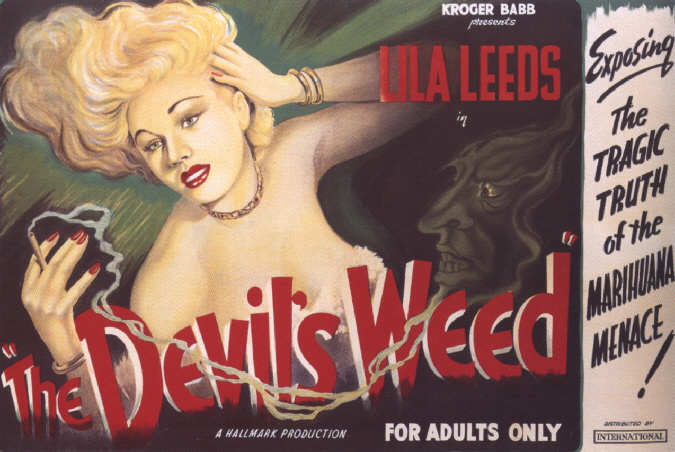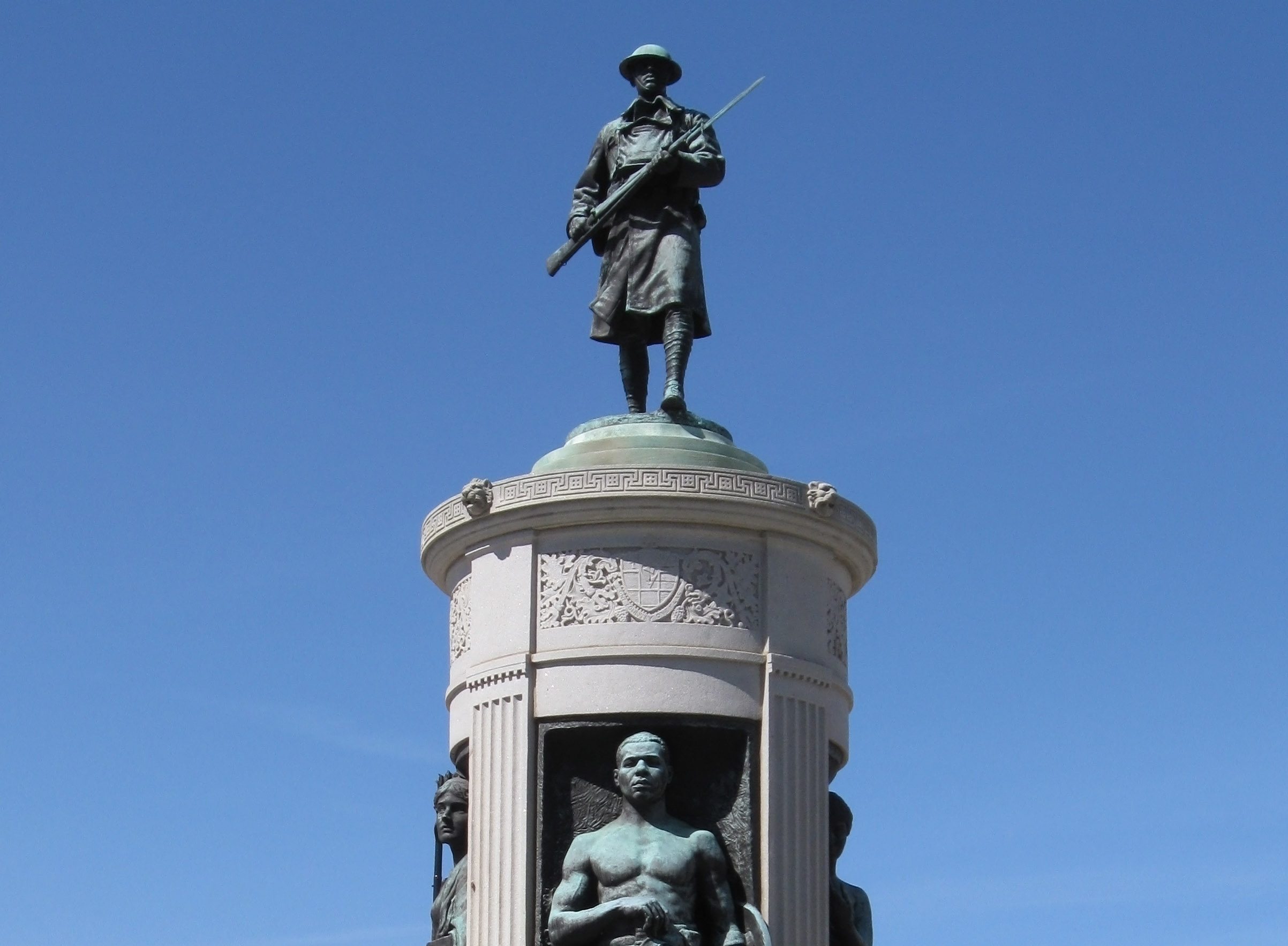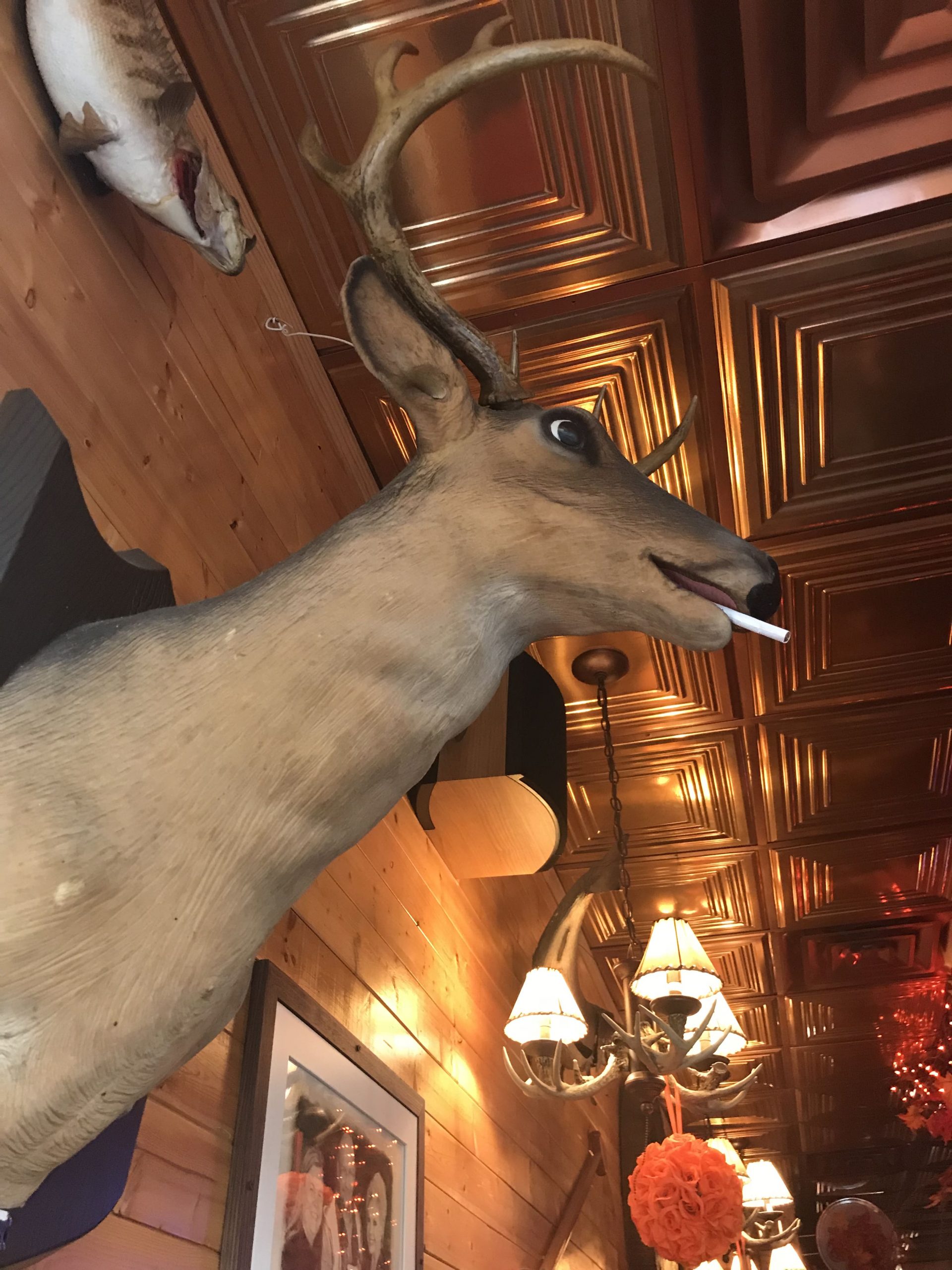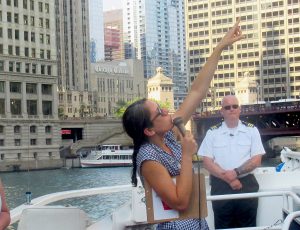The site of the St. Valentine’s Day Massacre is among the most infamous in Chicago history. Yet today, if one visits the Chicago neighborhood where it happened no physical relics or reminders remain of the legendary massacre. I set out to investigate what happened to the site and wound up discovering that remains of the garage are scattered around the globe. In fact, the history of the site and those relics as incredible a story as the massacre itself.
We research stories from Chicago history, architecture and culture like this while developing our live virtual tours, in-person private tours, and custom content for corporate events. You can join us to experience Chicago’s stories in-person or online. We can also create custom tours and original content about this Chicago topic and countless others.
Capone vs. Moran
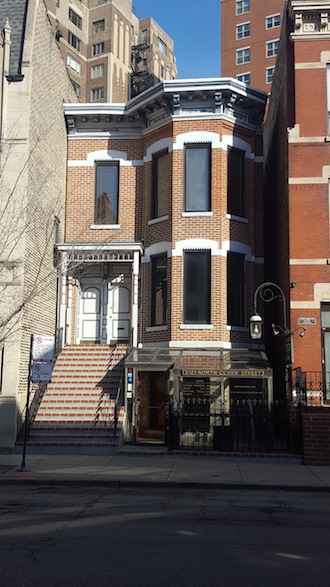
On the morning of February 14, 1929 four unknown assailants, two dressed as Chicago policemen, gunned down seven men in a Lincoln Park neighborhood garage. This crime shocked the nation and had long-term effects on local and national law enforcement and politics.
Officially, the St. Valentine’s Day Massacre is an unsolved crime. The Chicago police were never able to identify the perpetrators and no one ever confessed. But nobody really doubted who was behind the hit: Al Capone. His Chicago Outfit, an Italian gang based on the South Side, were waging a long, bloody war with Bugs Moran‘s North Side Irish gang. All the victims of the massacre were associates of the North Side gang. Moran himself was to be there, but fortuitously fled before the shooting began. Capone apparently planned the massacre as a means of ending a five-year war over the city’s vice businesses. The gangster wars did die down, but not because Capone won.
Up to that time Capone had been a popular gangster–one could say even a celebrity. People thought he was the best. He courted publicity and openly allied his gang with the corrupt administration of Mayor William Hale Thompson. Many Chicagoans considered him a modern day Robin Hood. Yet this infamous Chicago event was so savage, bloody, and brazen that the public, newspapers, and law enforcement all turned on Capone. The press declared him “Public Enemy #1” in 1930. A year later, the Feds finally got Capone, convicting him of tax evasion. His downfall, which started with the massacre, changed the trajectory of organized crime’s power in Chicago and beyond.
THE NEIGHBORHOOD SITE OF THE ST. VALENTINE’S MASSACRE
The massacre happened inside the SMC Cartage Company‘s garage located at 2122 North Clark Street in Lincoln Park. Today, Lincoln Park is among the toniest of Chicago neighborhoods, but at the time it was frequently a battleground between the syndicates. It often surprises locals and visitors to learn that the leafy avenues blocks from the lakefront used to be riddled with bullets.
The SMC Cartage Company was a front for the North Side gang’s liquor distribution in the neighborhood. The hit men lined Moran’s men up against the rear wall of the garage and then fired dozens of rounds from two Thompson submachine guns. Bullet holes and blood spatters covered the wall’s bricks.
The garage itself became a tourist attraction almost immediately after the initial shock wore off. According to an old account on prairieghosts.com, “[i]n 1949, the front portion of the SMC Garage was turned into an antique furniture storage business by a couple who had no idea of the building’s bloody past. They soon found that the place was visited much more by tourists and curiosity-seekers than by customers and eventually closed the business.”
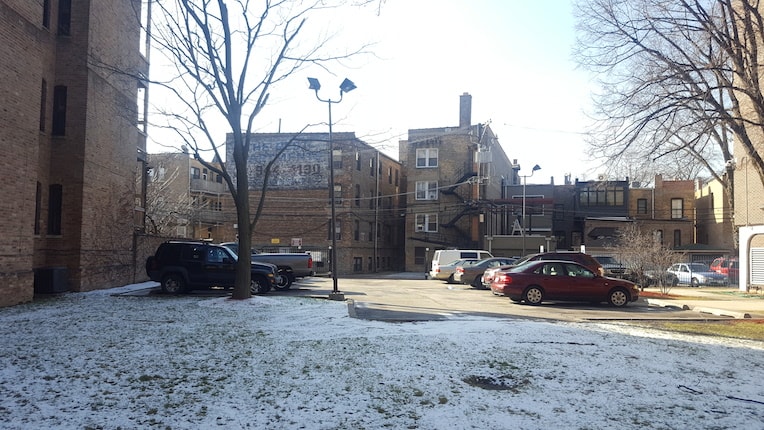
Morbid curiosity made the building unusable for typical business, clearly. So it was demolished in 1967. Four collectors wanted to get their hands on the famous rear wall where the killing happened. The afterlife of that grisly wall is the weirdest part of the legacy of the site of the St. Valentine’s Day Massacre.
George Patey and His Bricks
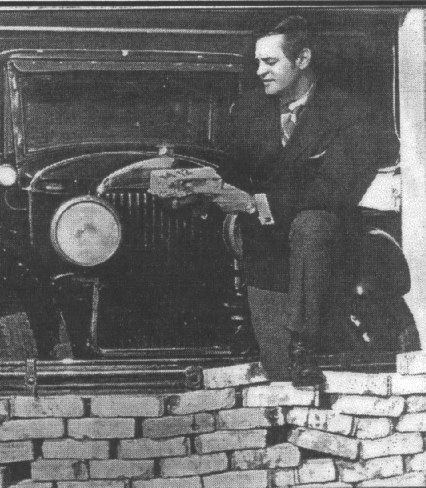
The winner, if you could call it that, was a Canadian businessman named George Patey. He never disclosed exactly how much he paid other than saying “a few thousand dollars.” He had the 414 bricks from the rear wall shipped to Vancouver, Canada. Patey’s first took the bricks on the road, showing them in places like galleries and shopping malls. The Pacific National Exhibition Grounds banned the bricks for being too violent a subject.
Patey commented that he’d like to assemble the wall to adorn his den, which earned him a “House Beautiful Award for Wretchedness.” Esquire Magazine featured him in a list of “dubious achievements.” But poor Patey continued in his struggle to find others with the same fondness for these morbid bricks, and he tried to open a crime museum in 1969. It was a flop, especially with the wake of the many assassinations in the 1960’s.
Fair to say that Patey may have been more successful as a felt-pen manufacturer than a peddler of bloody curiosities. Characteristically, he decided to put the bricks in a Roaring Twenties-themed nightclub, the Banjo Palace, in downtown Vancouver. Highlights of the club included Canada’s largest circular barbecue and wax figures of gun-toting mobsters. The piece de resistance was, of course, the reassembled wall from the site of the St. Valentine’s Massacre in the men’s bathroom. Gentlemen could aim at urinal targets on the plexiglass-covered wall.
When the nightclub shuttered a few years later, Patey then sold some of the bricks as souvenirs, and failed at selling a pile of them for $200,000 in 1996. Eventually, the Mob Museum in Las Vegas acquired many of the bricks and still displays them today. You can also see one on display in the Gerald R. Ford Museum in Grand Rapids, Michigan.
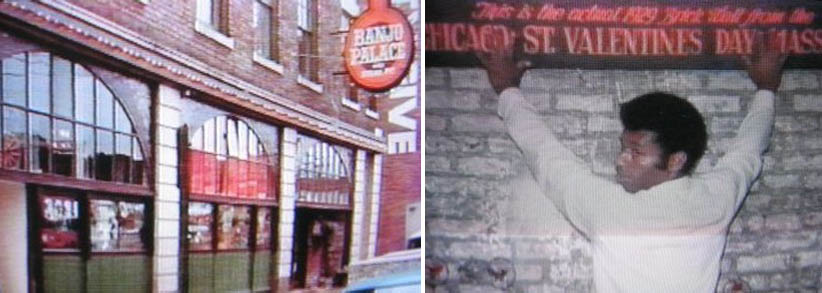
TOUR THE SITE OF THE ST. VALENTINE’S DAY MASSACRE TODAY
We lost the most tangible connection to the crime when the garage was torn down. Today, the site is just a small parking lot and lawn. They constitute part of the Margaret Day Blake Apartments, built by the Chicago Housing Authority a few years after the demolition. No sign, plaque, statue, or memorial of any kind indicates the infamous history of the location. In fact, the best physical tie to the slaying is across Clark St. The tremendously popular Chicago Pizza and Oven Grinder restaurant is right across the street. In fact, Capone’s gangsters kept lookout from the upper floors of that building.
This erasure of the site itself is rather odd. The crime passed from news into mythic legend as soon as it happened. A Chicago Tribune journalist said in 1967 that the place became “the symbol of a romantic age of touring cars, fast women and illegal booze.” Capone was an amoral thug, no doubt, but he’s also an iconic part of the city’s history. Even today, over 90 years after the massacre, I’d wager that he’s one of the most famous people in Chicago’s history. Yet the site of his most infamous crime sits mute and empty.
That emptiness doesn’t stop people from visiting, of course. Tourists (and tour buses) regularly visit the nearby Biograph Theater, where the FBI killed Dillinger. These bloody sites have never been on our regular tour routes, but I have designed and led custom tours which led curious visitors past both locations. Regardless of the lack of tactile remains at the site, there’s still a spooky sort of thrill to the place once you know you’re there. The city government, of course, refuses to endorse said spooky feeling. They’d rather we all forget it and go shopping in downtown Chicago.
In a way, I get it. Chicago was the city of the century before Capone. We’d grown at breakneck speed and impressed the whole world with the 1893 World’s Columbian Exposition. Then the city’s image turned very sour in the 1910’s and 20’s. Partisan political machines led to civic corruption, race riots rocked the city in 1919, and Prohibition led to the calamitous gang wars of the 20’s. Chicago was no longer a short-hand term for growth and hope, but danger and rot. Why exacerbate that by honoring the city’s most shocking murder?
– Alex Bean, Content Manager and Tour Guide
ABOUT CHICAGO DETOURS
Chicago Detours is a boutique tour company passionate about connecting people to places and each other through the power of storytelling. We bring curious people to explore, learn and interact with Chicago’s history, architecture and culture through in-person private group tours, content production, and virtual tours.

